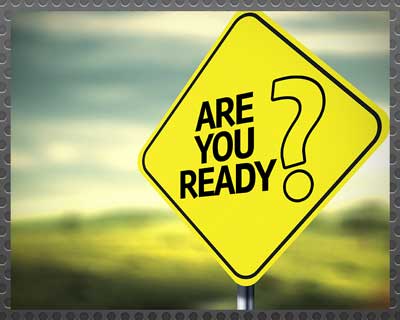- About Us
- Our Services
- Training Expertise
- Crisis Management for Business & Industry
- DOT PHMSA ALERT Rail Car Training
- Emergency Management
- Environmental & HAZMAT
- First Response & HAZWOPER
- Maritime Security
- OSHA Training/Confined Space
- RDPC
- Safer News Gathering
- Safer Ohio Schools Using Threat Assessment Management
- School Safety & Security
- Workplace Violence Prevention
- Courses
- Our Clients
- Media
Bug-Out Or Hunker Down?

Here in Ohio, we deal with a consistent threat of serious impact from bad weather. Like the rest of the Midwest, we think about the consequences of snow and ice in the winter, and flash floods, tornadoes, and extreme heat in the summer months. And as some locals say, “Spring and fall ain’t always picnics, either.”
Of course, people in almost any part of the U.S. can offer the same comment.
Extreme weather takes a number of forms, depending on geography and the time of year. And storms and other harsh conditions are only one category of adverse effects on industry.
Emergencies that can shut down your plant and strand employees can come in many forms. A big winter storm can shut down your facility, and so might a local industrial accident – say, a toxic release from a nearby manufacturer, or a derailment.
An article in one of Ohio’s many fine small-town newspapers caught our eye this week. Writer Ron Brohm talks about the utility of “bug-out bags”… That collection of essential items that a well-prepared person has ready for a time when they may need to suddenly leave their environs and survive for as much three days without other support. As Brohm says, bug-out bags are recommended by FEMA, and might contain a myriad of items, from non-perishable food to solar battery chargers. The list is principally dictated by a circumstance like those people in the gulf states faced in 2005 in the aftermath of Hurricane Katrina: One where an evacuee might have to take care of themselves for three days until local authorities, the National Guard, or the Red Cross can reach them to offer care.
Keeping a bug-out bag at the home or office is a good idea, certainly. But what if the condition that impacts your facility is one where shelter-in-place is a good strategy? A flash flood might be a good example – or a blizzard. 40 years ago, Ohio was hit by a winter storm that locals speak of to this day, with recollections of being trapped at their workplaces for two or three days in the aftermath. In conditions like that, especially in rural areas, do your employees have items near them that would help get them through a 72-hour period of isolation and duress? Fire extinguishers are strategically placed throughout any manufacturing plant, along with other tools for incident control and remediation – safety showers, battery-powered lighting, etc. Why not a wall cabinet with blankets, water, external cell-phone batteries (and various adapters) and a compact assortment of other inexpensive survival items? The cabinet can be soft-sealed with tape that identifies the contents as for emergencies only. So, opening the cabinet or box would be about the equivalent of breaking glass on a fire alarm.
Some of Findlay All Hazards’s clients have large ‘spill cabinets’ in various points in their facilities. These rolling cases contain what the customer needs if there is an accidental release of fluid in that area. Cabinets like these might also have the ‘hunker-down box’ inside.
At Findlay, sometimes we like to think inside the box… What can we put in a nearby container that helps your employees remain safe and comfortable during a stressful incident? Sometimes the answer is a boom and absorbent kit, for cleaning up a spill. Sometimes, it’s a case of energy bars.
Strategies for emergency response are part of great EHS training. Complete the form below to learn how All Hazards can help you build strategies for emergency reponse.
